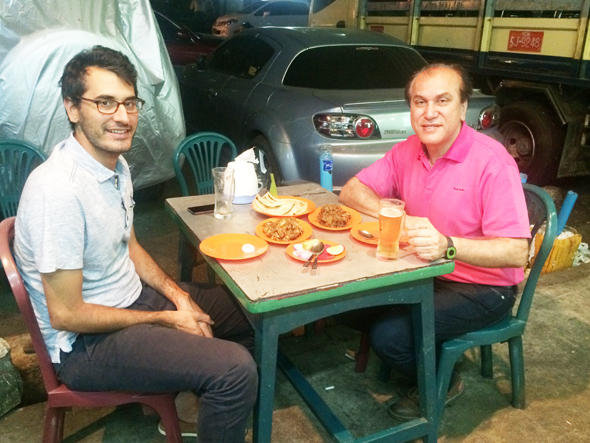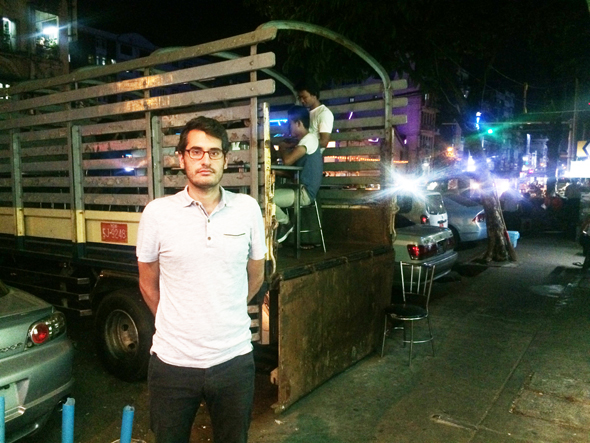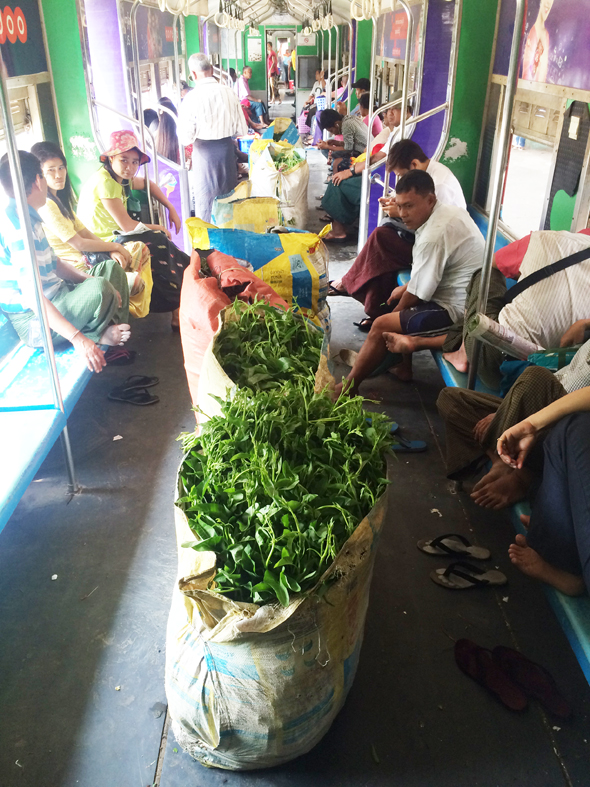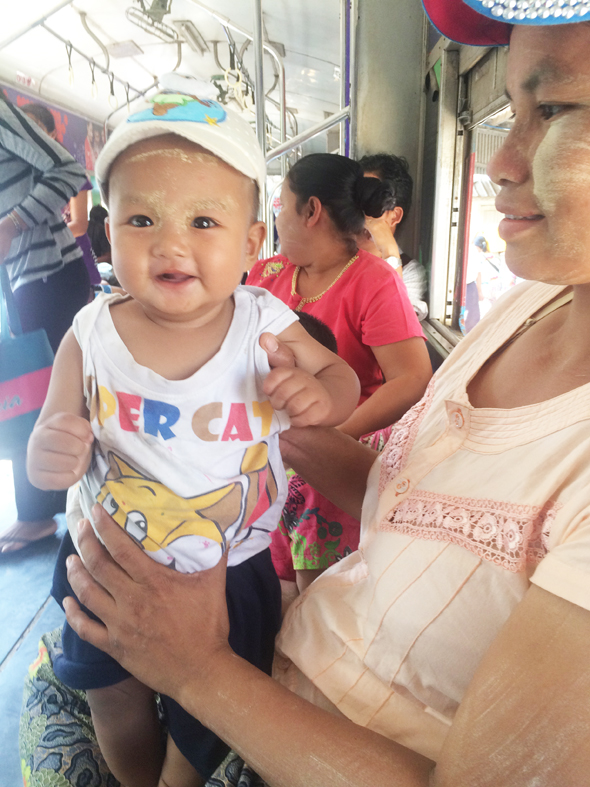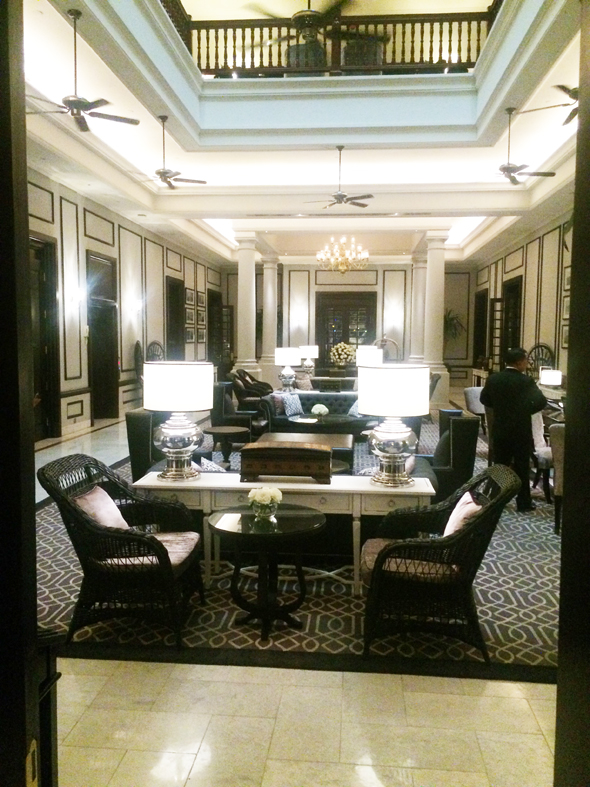Slowly Flows the Pace of Life in Yangon by the River
Saved under Community, Current Stories, Travel
Tags: Baytown, Clear Lake, Cypress, Desi news, Greater Houston, Houston, Houston Desi news, India, Indian American community, Indian News, Indians in America, Indo-American News, Katy, NRI, pearland, south asia, South India, Sugar Land, Texas, USA
By Jawahar Malhotra
YANGON, MYANMAR: It was 34 years ago when I last visited this city when it was still called Rangoon, the name that I learnt during my school days. Back then, under an authoritarian military rule, it was considered risky being a foreigner traveling through the streets and a contact I had in Singapore spoke to me in hushed tones about what to expect. The visit then was during the rainy months, and the mood was definitely colored by the overcast weather and the meetings we had with the generals I still had those same memories when I visited Rangoon – now called Yangon – again in March, but under the blazing sunshine and heat of a late Spring, and I was struck by the remarkable changes to the city as it was shaking off years of slumber. There was the energy of construction everywhere as old buildings were being torn down and new ones coming up.
With new overseas investment flowing in, the city was beginning to hum with activity, traffic jams were more common and there was a general improvement in living standards, though the vast majority of people are still quite poor. The US dollar gets you about 1350 kyat and most things, especially food, are quite cheap. But you can tell that in a few years, all the prices are set to soar up.
Rangoon is very spread out and has about 8 million people but it doesn’t really feel crowded. The people are gentle, unobtrusive and always polite. The men wear lungis which they sometimes hike up with a huge knot in the front, which makes me think of the punksters in the US who go around with their boxers showing and this could be the next fashion hit for them!
But the old Rangoon of the British Raj, of the Burmese Days novel written by George Orwell (and still available at roadside booksellers) was still all around you. English is widely spoken; men walk around in lungis or sarongs; and many third and fourth generation Indians – mostly Muslims from the South – still speak a little Tamil or Urdu; eat the Mughlai style food and some are vegetarian; and you can find small shops selling laddus, samosas, burfi and other Indian snacks. Side-by-side, newly affluent Burmese mingle with a growing number of expatriate foreigners who are ushering a new era of technology and working ethos in the city.
The Ring Train
What a better way to start a day than a slow train around Yangon, never mind it’s a commuter ring train which takes 3 hours to go around. Sitting here with the locals and many tourists who want to experience the ride which goes through some far off countryside.
We got off the Ring Train ride around Rangoon after 2 hours, but it was a fascinating kaleidoscope of hawkers, farmers with their produce and other rural people using the means to transport their goods across town. Some even sat on the bench seats to sort out their produce and bundle them for sale, bur were careful to clean up after for other passengers to sit.
A woman with four kids, one a six-month old bouncy baby boy, sat next to me and through hand signals we had a chat. She was wearing the pale-yellow creamy mixture called “thanaka” (made from rubbing the cut stem of a special tree) that many women and kids use on their cheeks to keep themselves cool and fend of bugs!
And then my son, Jeremy and I got off at Baukhtaw Station on the city’s east side to search for the two-story house that a friend’s family used to live in before they fled to India in 1950. We found the location and spoke with one of the present occupants who said the original house had been razed, the plot divided and two new houses had been built there. I was able to show the whole search to my friend in New York live through WhatsApp! Isn’t technology liberating?!!
The Cherry Man
Dinner was at the Cherry Man where we sat on the sidewalk at a table with a steel top and plastic chairs to devour sumptuous mutton and chicken kebab curries with four rotis, a la Malaysian style, served by waiters in lungis tucked up to their knees and wearing rubber flip flops!
The local city officials gave the area restaurants an ultimatum to get their tables off the aide of the roads to allow for parking. Facing a drop off in customers, the Cherry Man responded with an ingenious idea of parking an open air truck by their restaurant; adding tables and chairs and letting customers climb up by stepping on a chair and dining there!
The Strand Hotel
And then there’s the complete opposite to the Cherry Man with the Colonial era Strand Hotel which was built in 1901 by the Armenian brothers and later taken over by the Gaw family of Thailand and Singapore who own many other hotels in the SE Asia.
The hotel has been completely redone and is an island of luxuriousness (at$428 a night) unimaginable outside the front doors. The drinks were still very affordable at $6-$9 each, which would easily have cost double as much in the US or elsewhere.

